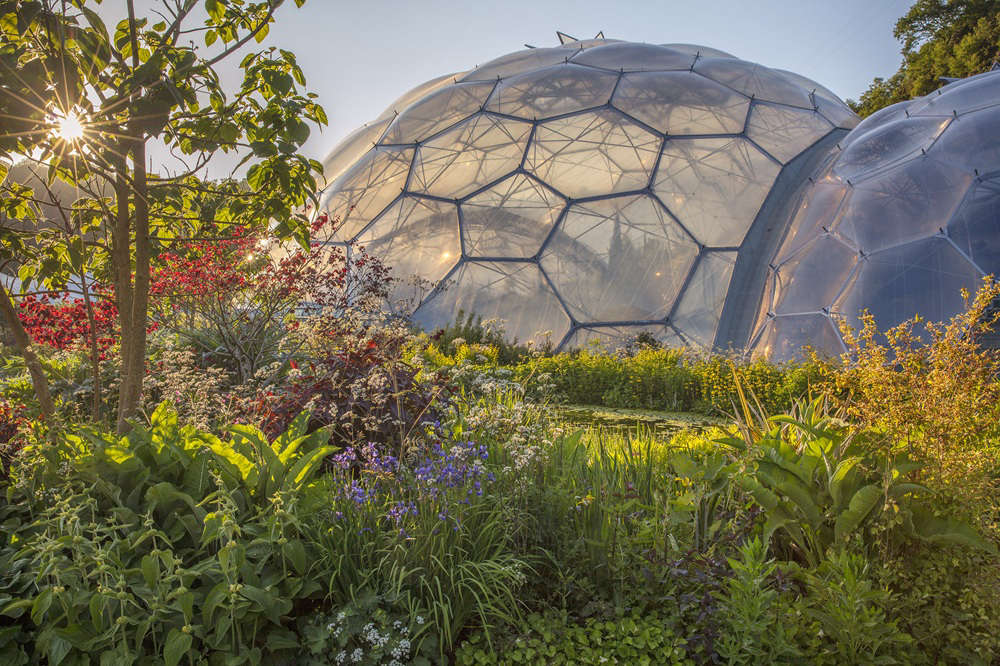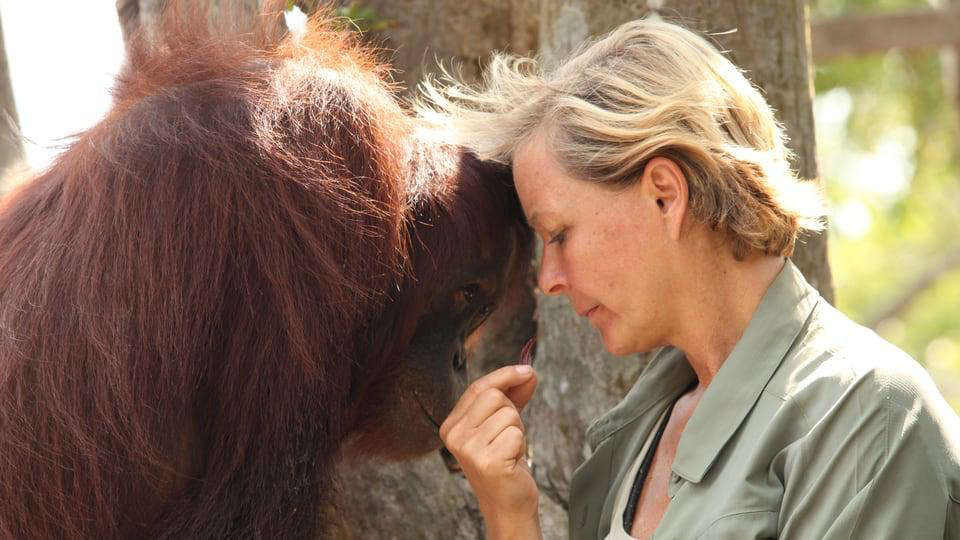
More than 300 plants make up the attraction’s largest showing of chilli to date, including one of the world’s hottest chillies. A wet, overcast summer provided the perfect conditions indoors for the exhibit.
The ornate Tinkerbell, intriguing Medusa and astonishingly hot Carolina Reaper are among the fascinating varieties of chilli on show in a lavish exhibit at the Eden Project in Cornwall.
Found in the heart of the attraction’s Mediterranean Biome, the must-see display contains more than 300 plants which are made up of 34 different cultivars (cultivated varieties) and represent all five of the major species of cultivated chillies.
Visitors to the Eden Project can currently see a huge range of chillies sporting many shapes and colours within the display including fruits that are purple, brown, apricot, black, orange, yellow and green, as well as some stripy variations alongside beautiful, varicoloured purple, white and green leaves.
Six of the cultivars being grown this year are from seed the Eden Project team have had in storage since 1999 - the time when the organisation began acquiring seeds for early plantings. Initially sown as a test to see if they would germinate, the plants, consisting of Pimento, Banana Sweet, Tennessee Cheese, Rocoto Yellow, Aji Panca and Alma Paprika, are performing very strongly.
The sizes of chilli plants on show range from ones that could fit into a small pot on a windowsill to some that grow into a small tree. Their heat ranges from 0 up to a staggering 2.2 million on the Scoville heat scale – higher than some law enforcement-grade pepper sprays.
The Eden Project’s horticulture team have found that while the exhibit is indoors, the outdoor light levels have had a major impact on the growth of the chillies.
A largely wet and overcast summer, with few prolonged sunny periods meant that the plants had no setbacks and were able to establish, grow and yield the most impressive chilli display the team have grown to date.
Across the exhibit, there is representation for all five of the major species of cultivated chillies - Capsicum annuum, C. chinense, C. baccatum, C. frutescens and C. pubescens – all of which originate from South America.
One of the notable cultivars being grown as part of the exhibit is Tinkerbell. Unusually, this chilli’s heat is not evenly distributed. The pungency is concentrated in the fruit’s central core, while its outer wing-shaped area has no noticeable heat at all.
Also growing is Medusa. Named after Greek mythology’s snake-haired Gorgon due to its appearance, it produces masses of mild, long, twisted, multi-coloured, upright fruit.
Visitors can also see the Carolina Reaper. Although it was recently dethroned as the world’s hottest chilli, the Carolina Reaper has an impressive Scoville scale rating of up to 2.2 million units - 400 times hotter than a Jalapeno chilli pepper.
Also thriving is the Rocoto Long. Shaped like elongated cones and with a distinctive floral aroma, these chillies unusually contain black seeds as opposed to the usual white ones found in most varieties.
Other highlights include the Sugar Rush Peach Stripey, an attractive and tasty peach-coloured chilli with unique red stripes and a fruity flavour, and Bolivian Rainbow, one of the most beautiful chilli plants with its deep purple leaves. This cultivar’s colourful chillies ripen from purple to yellow to orange and finally red.
The chillies are one example of an array of horticulture highlights for visitors to the Eden Project to enjoy right now.
Also in the Mediterranean Biome, the horticulture team have been working to create a thriving citrus display full of varieties such as satsumas, clementine, navel and blood oranges. These fruits can be seen ripening in abundance with the display set to shine for weeks to come.
In the Outdoor Gardens, the green leaves of the Liquidambar styraciflua, also known as sweet gum, have turned to fiery shades of reds and oranges, creating a dramatic rim of colour which can be seen from across the Eden Project site.
In the Rainforest Biome, an example of an extremely rare species of palm, known as Tahina spectabilis, is settling into its new permanent home. Visitors can enjoy this plant in the Tropical Islands area of the Biome. The species was only discovered in 2006 and is listed as Critically Endangered on the IUCN Red List.
Catherine Cutler, the Eden Project’s interim head of horticulture, said: “We are delighted to be able to showcase so many different types of chilli in our exhibit this year and to educate our visitors about the fascinating and unique attributes each cultivar possess.
“Autumn is a fantastic time to enjoy our entire site, with the relaxing Outdoor Gardens rich with the colours of the season, many intriguing plants growing in our Mediterranean Biome and the recent exciting addition of the Tahina spectabilis to our Rainforest Biome. It’s great to see our visitors continue to engage with our wonderful living exhibits and the important stories they tell.”
For more information on what to see and do at the Eden Project and to pre-book online for the best price see www.edenproject.com.



 HfC and Cornish businesses join forces to grant magical Christmas wish for nine year-old Isles of Scilly girl
HfC and Cornish businesses join forces to grant magical Christmas wish for nine year-old Isles of Scilly girl
 Truro and Penwith College and Truro City Football Club launch new partnership to create student pathways on and off the pitch
Truro and Penwith College and Truro City Football Club launch new partnership to create student pathways on and off the pitch
 Stunning unreleased imagery shows the breathtaking beauty of the Eden Project
Stunning unreleased imagery shows the breathtaking beauty of the Eden Project
 Two top signings for Cornwall College Rugby Academy
Two top signings for Cornwall College Rugby Academy
 Retired Cornwall Teacher Authors Powerful Environmental Story/Book
Retired Cornwall Teacher Authors Powerful Environmental Story/Book
 Cornwall’s Rewind Radio Christmas Toy Appeal Delivers Nearly 4,000 Toys to Children Across the Duchy
Cornwall’s Rewind Radio Christmas Toy Appeal Delivers Nearly 4,000 Toys to Children Across the Duchy
 Cornish Lithium accelerates into 2026 with strong momentum
Cornish Lithium accelerates into 2026 with strong momentum
 Balanced draft budget set for public consultation
Balanced draft budget set for public consultation



